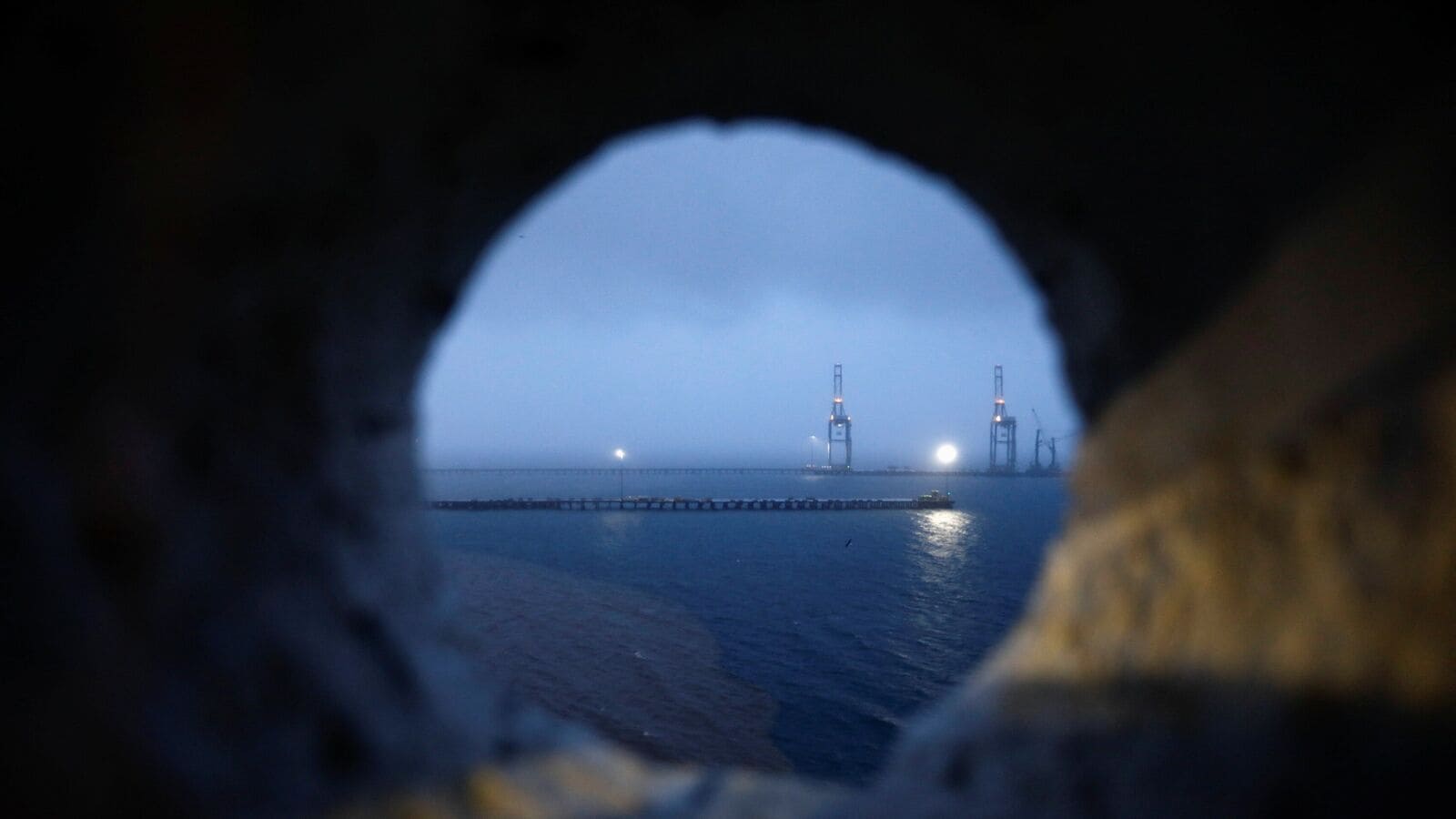Russia saved from severe tsunami damage after mega 8.8 earthquake | Science & more behind the natural disaster

[ad_1]
Russia witnessed an 8.8-magnitude quake on Wednesday, one of the strongest earthquakes ever recorded. However, unlike the devastating tsunamis of Boxing Day 2004 in the Indian Ocean and Japan 2011, this earthquake did not follow a catastrophic tsunami, as many feared.
Although the Wednesday tsunami caused some damage in coastal regions across the Pacific, it was significantly less severe. But why?
What causes a mega earthquake?
The Kamchatka Peninsula in the Russian Far East lies in the “Pacific Ring of Fire,” a zone prone to many earthquakes and volcanoes.
The upper layers of the Earth are split into sections, called the tectonic plates, which are all moving relative to one another. The “Pacific Ring of Fire,” however, is an arc of these plates that extends around the Pacific.
80% of the world’s earthquakes occur along the ring, according to the British Geological Survey.
The Pacific plate moves north-west at about 8 cm (3 in) per year, where it comes into contact with another, smaller plate, called the Okhotsk microplate. This movement is only about twice the rate at which fingernails grow, but fast by tectonic standards.
The Pacific plate is oceanic, which means it has dense rocks and wants to sink beneath the less dense microplate. As it sinks towards the centre of the Earth, it heats up and begins to melt, effectively disappearing.
But this process is not always smooth; often, the plates can get stuck as they move past each other, and the overriding plate is dragged downwards.
This friction can build up over thousands of years, but can then be suddenly released in just a couple of minutes. The sudden release causes what is called a megathrust earthquake.
“However, for such large earthquakes, the fault will have ruptured over many hundreds of kilometres. It is this vast amount of slip and area of the fault that generates such a high earthquake magnitude,” he said.
Why wasn’t this as bad as previous tsunamis?
The sudden movement between the tectonic plates, which causes the megathrust earthquake, can displace the water above. This displacement can travel to the coastline as a tsunami.
In the deep ocean, tsunamis can travel at more than 500mph (800km/h), about as fast as a passenger aeroplane. But the distance between waves is very long and the waves aren’t very high; rarely more than a metre.
But as a tsunami enters shallow water near land, it slows down, often to about 20-30 mph. The distance between waves shortens, and waves grow in height, which can effectively create a wall of water near the coast.
However, it is by no means guaranteed that a very strong earthquake will lead to a particularly tall tsunami reaching far inland.
According to Russian authorities, the Wednesday earthquake caused tsunami waves of 4m (13ft) in parts of eastern Russia. It wasn’t anywhere near the waves tens of metres high on Boxing Day 2004 in the Indian Ocean and Japan 2011.
“These factors, along with how populated the coast is, affect how serious the impact is,” she said.
The US Geological Survey said the earthquake was centred at quite a narrow depth, about 20.7km (12.9 miles) below the Earth’s surface. This can lead to greater displacement of the seafloor and, therefore, a bigger tsunami wave.
Improved early warning systems
The development of better early warning systems is another important element of why this tsunami wasn’t as bad. They are important because scientists have a limited ability to predict when an earthquake will occur.
Due to the high occurrence of earthquakes in the Pacific region, many countries have tsunami centres, which send out warnings via public announcements for populations to evacuate.
No such system was in place when the 2004 Boxing Day tsunami occurred.
The US Geological Survey recorded an earthquake measuring 7.4 in the same region ten days before the megathrust earthquake.
Prof McNeill said that it may have been a foreshock, an early release of energy, but it is not a predictor of the exact timing of a future earthquake.
[ad_2]



I very delighted to find this internet site on bing, just what I was searching for as well saved to fav